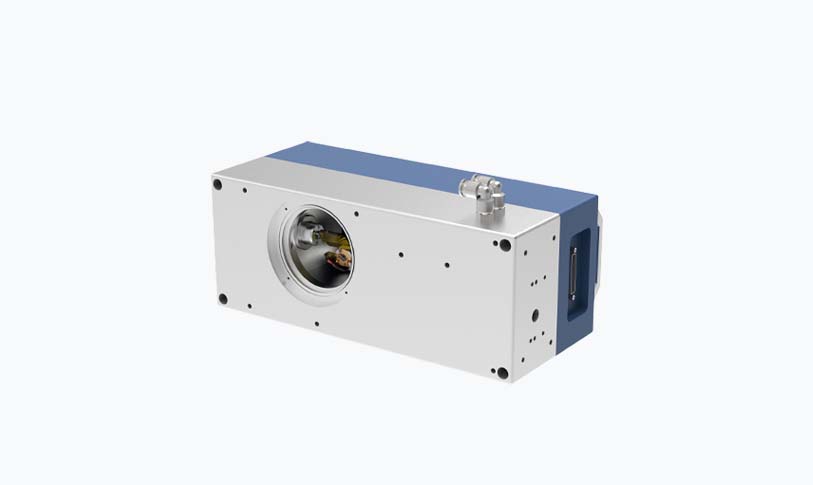[fiber laser settings]Ultimate Guide to Fiber Laser Settings: Adjusting for Optimal Performance
News 2025-4-28

Ultimate Guide to Fiber Laser Settings: Adjusting for Optimal Performance
1. Understanding Fiber Lasers
Fiber lasers are high-power laser systems that use optical fibers to transmit laser light. They are widely used in cutting, welding, and engraving applications due to their high efficiency and precision. Understanding the basic components and operation of fiber lasers is crucial before adjusting their settings.
2. Safety Measures
Before making any adjustments to your fiber laser, it’s essential to ensure safety. Always wear proper safety equipment, such as safety glasses and protective clothing, and ensure the workspace is well-ventilated. Additionally, it’s crucial to familiarize yourself with the machine’s safety features and emergency shutdown procedures.
3. Adjusting Power Settings
Power settings are one of the most critical adjustments in fiber lasers. The power setting determines the intensity of the laser beam, which affects cutting speed and quality. Adjusting the power setting requires considering material type, thickness, and desired cut quality. It’s essential to experiment with different power settings to find the optimal setting for your specific application.
4. Focusing Settings
Fiber lasers use a focusing lens to concentrate the laser beam onto the workpiece. Adjusting the focusing lens is crucial to ensure optimal cutting and engraving quality. Focusing settings should be adjusted based on material type, thickness, and cutting head type. Proper focusing ensures maximum cutting speed and minimal heat build-up on the workpiece.
5. Speed Settings
Speed settings determine how quickly the laser beam moves across the workpiece. Adjusting speed settings is essential to balance cutting quality and efficiency. Faster speeds may result in poorer cut quality, while slower speeds may increase cutting time. It’s crucial to experiment with different speed settings to find the optimal balance for your application.

Ultimate Guide to Fiber Laser Settings: Adjusting for Optimal Performance
Air assist is a feature in some fiber lasers that uses compressed air to help remove debris and improve cutting quality. Adjusting air assist settings is crucial to ensure optimal performance. The air pressure and flow rate should be adjusted based on material type and cutting head type. Proper air assist settings help maximize cutting speed and minimize re-cutting or secondary operations.
7. Monitoring and Adjustments

Ultimate Guide to Fiber Laser Settings: Adjusting for Optimal Performance
In conclusion, proper adjustment of fiber laser settings is crucial to optimize performance in cutting and engraving applications. Understanding the basic components and operation of fiber lasers, taking necessary safety measures, and adjusting power, focusing, speed, and air assist settings are essential steps in achieving optimal performance. Regular monitoring helps ensure your fiber laser is always operating at its best.